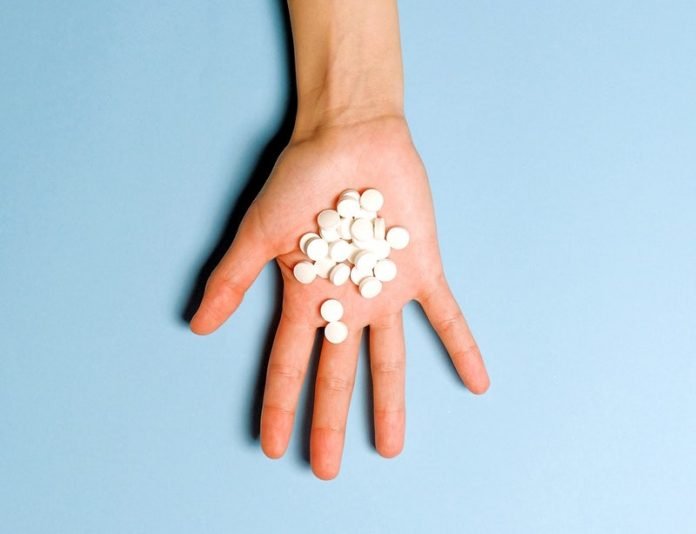
With the pandemic disrupting our everyday lives, routine errands have become challenging for seniors and others who run a high-risk of developing a serious COVID-19 infection.
But there’s one routine they should not let lapse: refilling medications.
“Many of my patients are afraid to leave the house, especially those who are older and those who have chronic medical conditions.
They don’t want to go to the pharmacy or do anything that could put them at risk of getting COVID-19,” said pharmacist Christine Armbruster, PharmD.
“Do not delay refilling prescriptions,” Armbruster said. “If you have a chronic condition like diabetes, high blood pressure or high cholesterol, or you are on blood thinners, you might not feel the effects of skipping doses right away.
However, missing medication doses can seriously harm your health and even send you to the emergency room.”
Armbruster works in the Cedars-Sinai Pharmacy Department, helping manage medications for high-risk patients who have been discharged from the hospital or for those who have chronic conditions.
She offered the following tips for staying on top of your medications during the pandemic:
Don’t skip medical appointments. Keep working with your medical provider to manage your health. Many providers are handling appointments over the phone or via video chat when possible.
If you need to visit a lab to have blood drawn or a clinic, safety measures have been put in place to protect your health.
Use one pharmacy. Using the same pharmacy for all of your medications helps pharmacists keep an eye on prescriptions that might cause interactions or be unnecessary.
They may also be able to refill all of your prescriptions at the same time on the same schedule to avoid multiple pick-ups.
Organize your meds. Keep your medications in a pill box that you refill on the same day each week. It will give you a better sense of when you’re running low.
Keep an up-to-date medication list. The list should include each drug you take-including over-the-counter drugs that don’t require a prescription, vitamins, herbal supplements-and how often you take each one.
This will help you take your medications as prescribed and help medical providers and pharmacists know what you are taking and whether any changes are needed.
Plan ahead. Ask your medical provider if they can change chronic prescriptions-those that you need to take daily or routinely-to 90-day supplies.
Contact your pharmacy for refills five to seven business days before you run out of a medication.
Get prescriptions delivered. Many local pharmacies have begun offering delivery services.
If you don’t have a friend or loved on who can pick up your order, call your pharmacy to see if they can do a safe drop off on the doorstep of your home.
Get access to healthy food. Diets have changed during the pandemic as people eat more canned foods that are high in sodium, which may exacerbate conditions such as high blood pressure or heart failure.
Access to fresh vegetables also has been affected. If you can’t get food delivery through an app or loved one, call your local Department of Aging or your county’s information hotline, which may offer assistance.
If you must go out, be safe. Stay at least six feet away from others, use hand sanitizer, don’t touch your face and wear a mask or a cloth face covering.
“Pharmacists ensure that a patient’s treatment plan is carried out the way it was intended,” said Rita Shane, PharmD, chief pharmacy officer and professor of medicine at Cedars-Sinai.
“During times like these, that’s more important than ever.”



